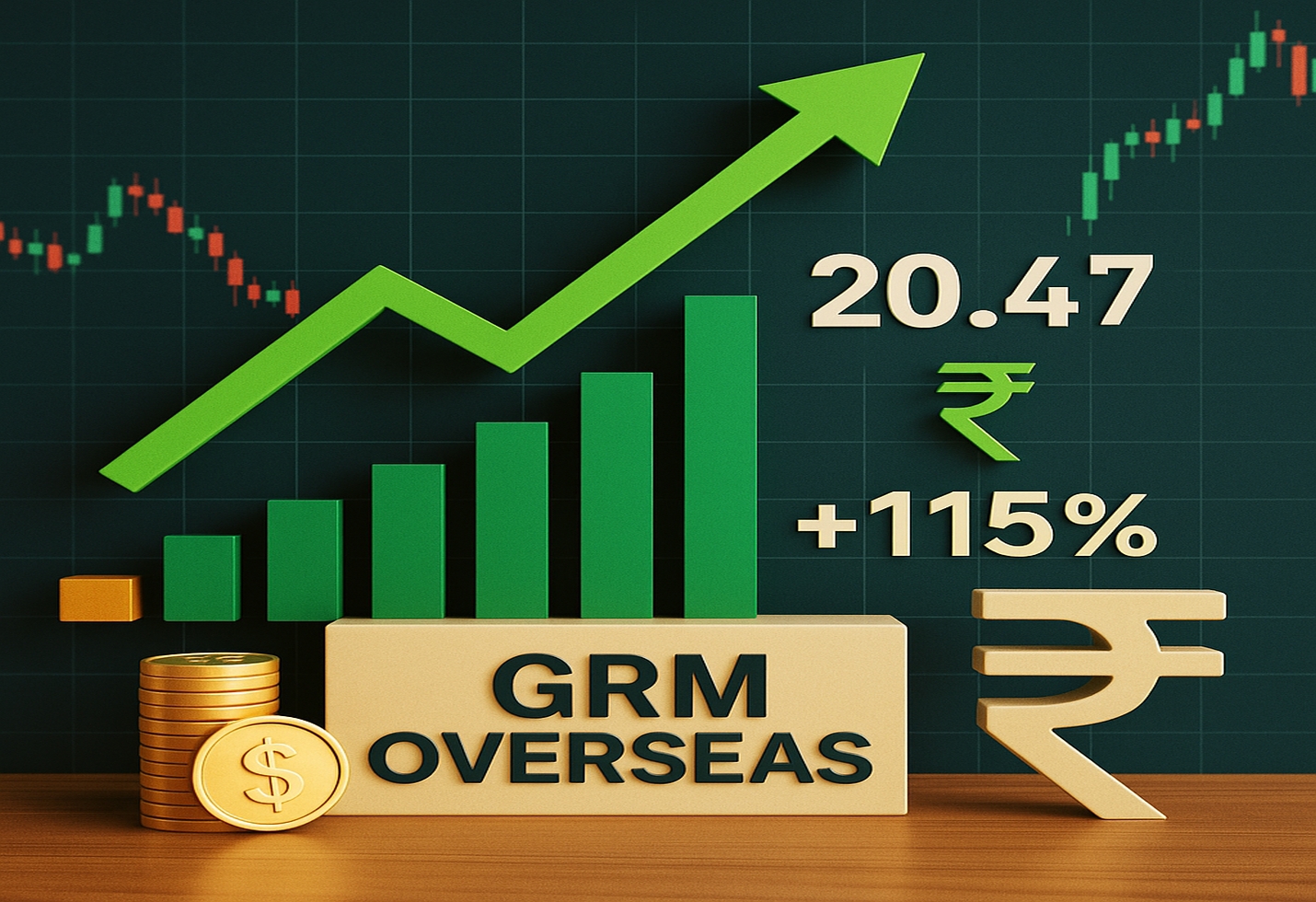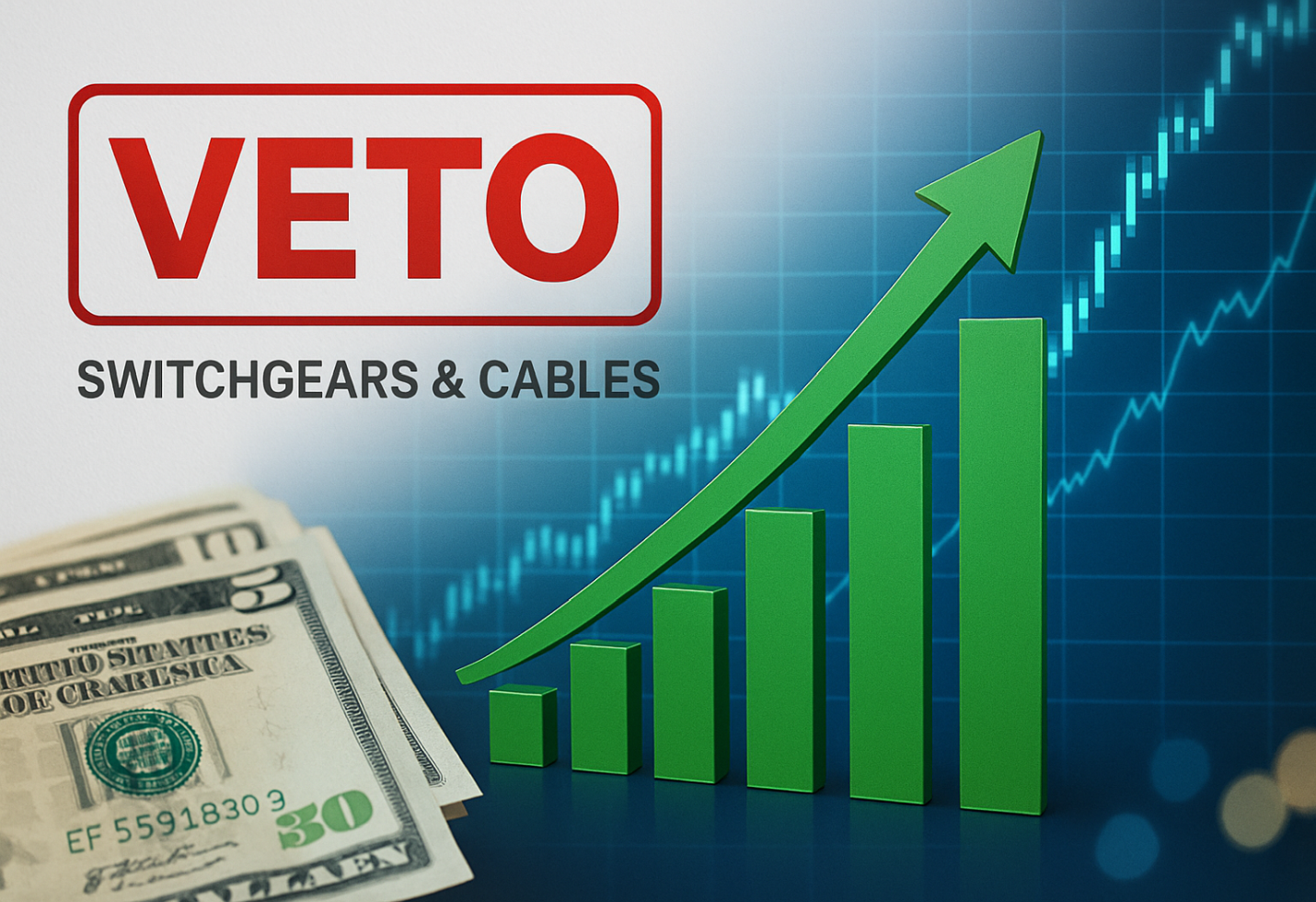Genesys International’s FY25 Earnings: A 27.5% Profit Rise in Q4 That Impresses
Driven by growing demand and innovative geospatial solutions, Genesys International posts solid gains in Q4 and full-year FY25 financial performance.
Robust Financial Growth in Q4 FY25
Positioning itself as a leader in the geospatial technology sector, Genesys International revealed a significant boost in its fiscal results for Q4 FY25, achieving consolidated profits of ₹18.94 crore, which marks a 27.5% growth year-over-year. This compares to a profit of ₹14.85 crore reported in the corresponding period of the previous fiscal.
Highlighting the company’s upward momentum, Q4 FY25 operational revenue surged impressively by 32.3%, totaling ₹94.16 crore compared to ₹71.17 crore recorded in the corresponding quarter of the previous year. The quarter also witnessed a 5.7% sequential rise in revenue from the previous quarter, reflecting continued demand for the company’s services. However, profit saw a marginal dip of 8.3% on a quarter-over-quarter basis.
Full-Year FY25 Performance: Revenue and Profit Soar
Looking at the broader fiscal year picture, Genesys International closed FY25 with a notable surge in net profit, touching ₹56.22 crore. This is a substantial jump from ₹22.07 crore earned in FY24, indicating a robust and consistent financial upswing.
Revenue for the entire fiscal period also saw a significant boost. The company registered ₹311.03 crore in revenue from operations in FY25, a sharp 56.8% increase over ₹198.24 crore posted in the previous year. The performance highlights strong demand for Genesys International’s suite of solutions across multiple sectors.
Innovation-Led Growth Through the India Map Stack
A cornerstone of the company’s recent success lies in the successful rollout and deployment of its “India Map Stack.” This initiative has not only marked a strategic turning point for Genesys but also set the stage for the scalable delivery of cutting-edge geospatial services.
The India Map Stack is part of the company’s broader push into high-definition 3D mapping technology. This innovation is becoming increasingly essential for sectors ranging from smart cities and logistics to urban planning, public utilities, and more.
In a statement reflecting on this milestone, the company’s leadership noted that the widespread use of high-definition 3D data will soon be indispensable. By leveraging this platform, businesses, governments, and tech collaborators can unlock smarter and faster decision-making processes.
Strategic Outlook Backed by Expanding Demand
Genesys International is positioned at the intersection of data, infrastructure, and digital transformation. As industries continue to adopt geospatial tools to enhance operational efficiency, the company sees itself playing a vital role in that digital transition.
Its data-driven solutions are particularly attractive for sectors that rely on spatial intelligence—urban governance, utilities, transportation, and environmental management, among others. With this foundation in place, Genesys anticipates further growth through domestic and international collaborations, and technological investments.
Moreover, the broader push by the Indian government towards digital infrastructure, including smart cities and connected urban ecosystems, presents a conducive environment for companies like Genesys to thrive.
Strategic Execution and Operational Efficiency
The latest earnings also underline Genesys International’s focus on operational efficiency and strategic execution. The company’s ability to scale while maintaining profitability suggests a healthy cost structure and smart allocation of resources.
Investment in talent, research, and emerging technologies continues to drive its competitive advantage. Genesys appears well-positioned to ride the next wave of innovation as the demand for 3D mapping, geospatial analytics, and digital infrastructure continues to rise across both public and private sectors.
Final Thoughts
Genesys International has delivered an impressive financial performance for Q4 and the full fiscal year FY25, powered by growing market demand and forward-thinking initiatives like the India Map Stack.
The 27.5% rise in Q4 profit and over 56% increase in annual revenue underscore the company’s solid execution, operational resilience, and vision for the future. While short-term profit dips may arise due to rising investments and project cycles, the long-term picture remains optimistic.
With continued innovation in high-definition 3D geospatial technology and a widening application base across industries, Genesys International appears poised to strengthen its market position even further in the coming years.
The image added is for representation purposes only










